Pejman Rasti
Unlocking Zero-Shot Plant Segmentation with Pl@ntNet Intelligence
Oct 14, 2025



Abstract:We present a zero-shot segmentation approach for agricultural imagery that leverages Plantnet, a large-scale plant classification model, in conjunction with its DinoV2 backbone and the Segment Anything Model (SAM). Rather than collecting and annotating new datasets, our method exploits Plantnet's specialized plant representations to identify plant regions and produce coarse segmentation masks. These masks are then refined by SAM to yield detailed segmentations. We evaluate on four publicly available datasets of various complexity in terms of contrast including some where the limited size of the training data and complex field conditions often hinder purely supervised methods. Our results show consistent performance gains when using Plantnet-fine-tuned DinoV2 over the base DinoV2 model, as measured by the Jaccard Index (IoU). These findings highlight the potential of combining foundation models with specialized plant-centric models to alleviate the annotation bottleneck and enable effective segmentation in diverse agricultural scenarios.
Toward more frugal models for functional cerebral networks automatic recognition with resting-state fMRI
Jul 04, 2023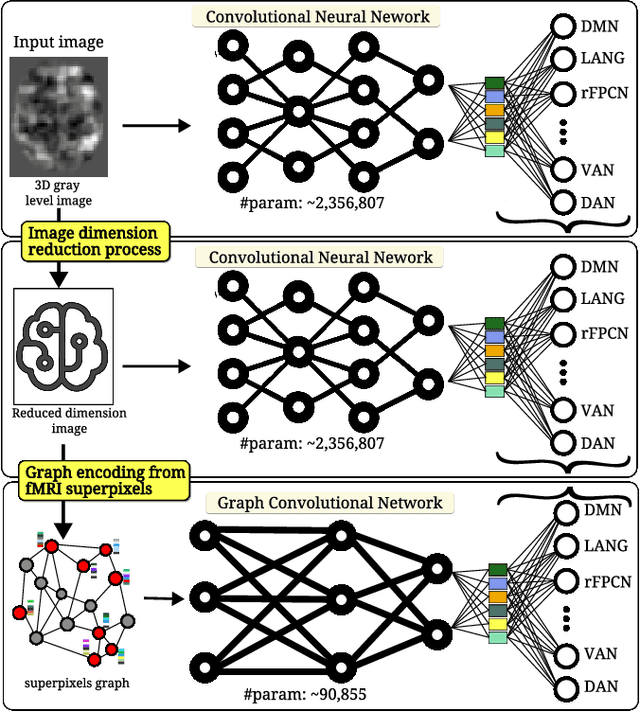
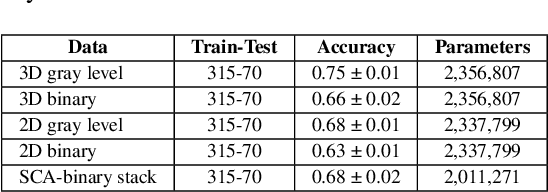
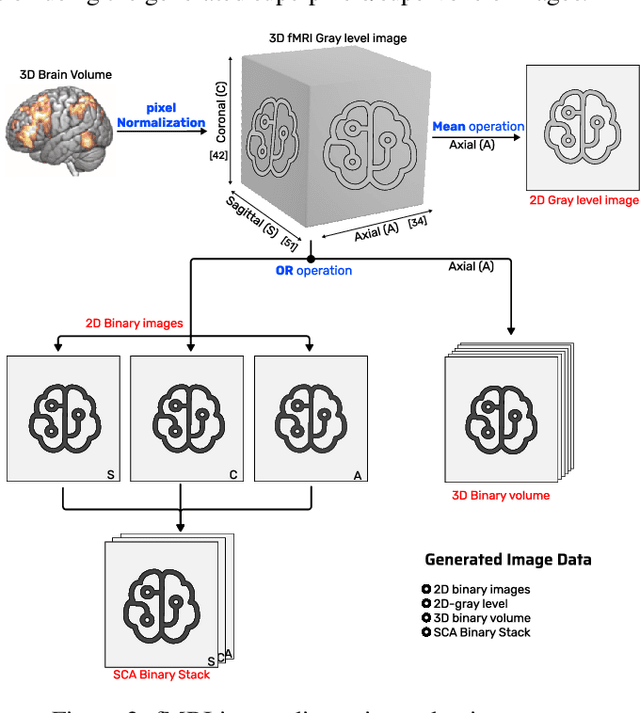

Abstract:We refer to a machine learning situation where models based on classical convolutional neural networks have shown good performance. We are investigating different encoding techniques in the form of supervoxels, then graphs to reduce the complexity of the model while tracking the loss of performance. This approach is illustrated on a recognition task of resting-state functional networks for patients with brain tumors. Graphs encoding supervoxels preserve activation characteristics of functional brain networks from images, optimize model parameters by 26 times while maintaining CNN model performance.
Image Resolution Enhancement by Using Interpolation Followed by Iterative Back Projection
Jan 03, 2016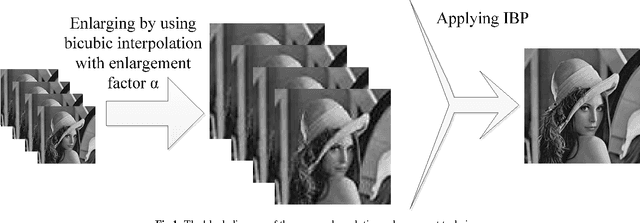

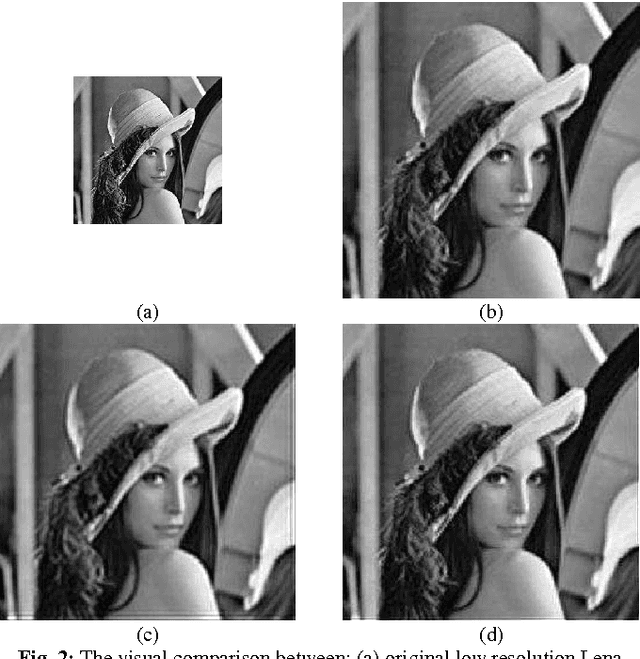

Abstract:In this paper, we propose a new super resolution technique based on the interpolation followed by registering them using iterative back projection (IBP). Low resolution images are being interpolated and then the interpolated images are being registered in order to generate a sharper high resolution image. The proposed technique has been tested on Lena, Elaine, Pepper, and Baboon. The quantitative peak signal-to-noise ratio (PSNR) and structural similarity index (SSIM) results as well as the visual results show the superiority of the proposed technique over the conventional and state-of-art image super resolution techniques. For Lena's image, the PSNR is 6.52 dB higher than the bicubic interpolation.
 Add to Chrome
Add to Chrome Add to Firefox
Add to Firefox Add to Edge
Add to Edge